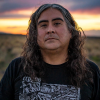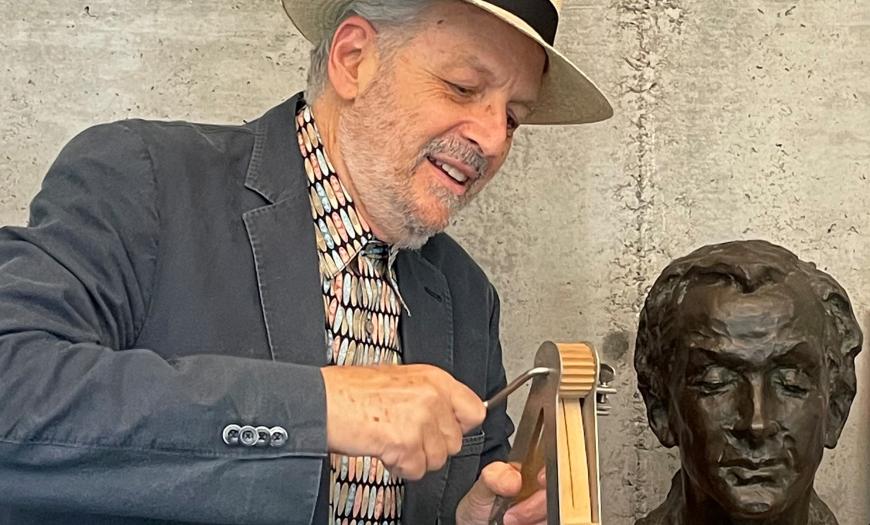
“Our whole philosophy at Other Minds is that we’re trying to extend the American experimental tradition,” states Charles Amirkhanian. “And that dates back to Charles Ives, Henry Cowell, Ruth Crawford Seeger, John Cage, and Lou Harrison.” Those composers had been among Amirkhanian’s idols when he was growing up, long before he co-founded the Other Minds organization in 1992 with Jim Newman, who shared his affinity for new music.
Prior to starting Other Minds and the organization’s annual festival a year later, Amirkhanian had interviewed and corresponded with Cage and had befriended Harrison, who recounted his musical discoveries as a youth driven up from his home in Burlingame to the big city of San Francisco. One destination was the Great Star Theater, on Jackson Street in Chinatown. “Lou told me he loved to go there to listen to the intonation of, and watch the performance style of, Chinese opera,” Amirkhanian recounts. “It was one of the major breakthroughs for him in trying to figure out what to do with his own compositional career.”
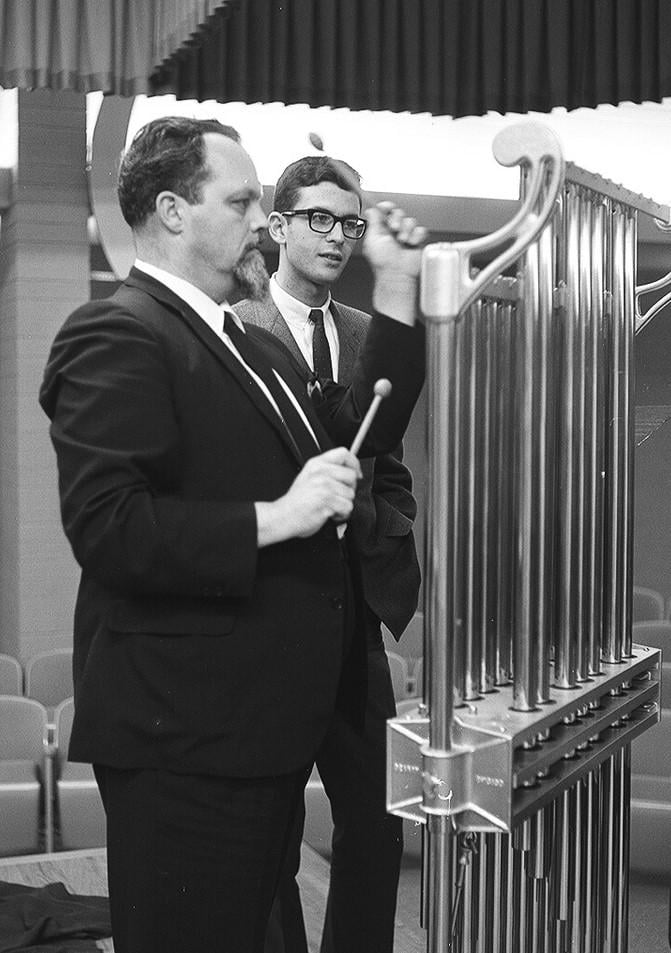
Other Minds doesn’t have a home theater, so it was music to Amirkhanian’s ears when, in search of a new venue for this year’s festival, running Oct. 13–15, he heard that the Great Star, so beloved by his late composer friend, had been refurbished by new owners and was available. “I just think that the atmosphere of being just a few blocks from the City Lights Bookstore is going to be a lot of fun,” he says. “And we have two Chinese composers in this festival [Kui Dong and Theresa Wong], and we’ve invited the Chinese Cultural Center to bring people from the Chinese community into the hall who might not otherwise encounter the music. And we’re going to have translators.
“We’ll also have people from the Native American community because of our invitation to Raven Chacon,” Amirkhanian continues. The Navajo composer will perform at the festival with Mexican multi-genre artist Guillermo Galindo, utilizing noise and sound art. The duo deploys ritual items and symbology based in the Navajo Nation and Mexico. “One of the reasons why I think this is a collaboration of interest is that Other Minds Records just released Raven’s album of structured improvisations with two other players. We made 300 LPs of it, and it’s already almost sold out. So he’s got a huge following. And we’re starting to get inquiries from distributors in Italy and Belgium.”
Swedish composer Hanna Hartman will perform her own Crush, “putting a table full of toys and gadgets in front of the audience, then playing them and miking them very close so that you don’t know what sound just came out of the loudspeakers, nor what she’s doing. She’s brilliant.”
Violinist and composer Mari Kimura is an Other Minds veteran, having performed in the second festival in 1995. “She’s been playing subharmonics for 20 years, and by drawing a bow across the strings very slowly, she can go an octave lower than most violinists. She also developed a motion sensor which she calls MUGIC. When you hear her play, her piece is as virtuosic as any late Romantic violin virtuoso piece Fritz Kreisler would play. But it has a 21st-century feeling to it. Very often, in new music, virtuosity is not the point. But it is with Mari, and she’s just dazzling.”
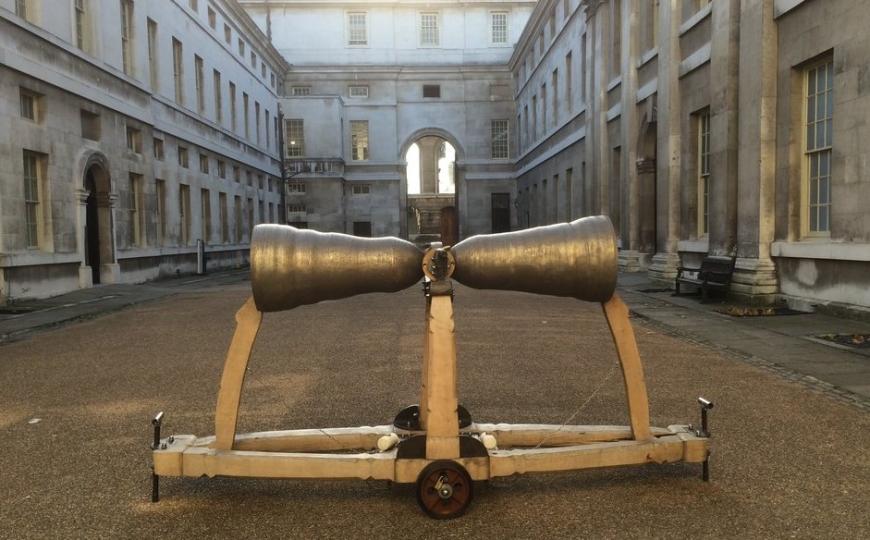
One of the biggest challenges to this year’s festival, literally, is the one-ton double bell designed by sculptor Marcus Vergette at the request of British composer Dominic Murcott, forged to computerized specifications. Murcott “wanted to get an intonation that would be extremely resonant, and the design has to do with the overtone series,” with the two halves tuned a half step apart. The bell bears the same name, The Harmonic Canon, as the composition which it will perform at the festival — once it gets here. “We had to raise a lot of money to ship the bell from the U.K. through customs, and it arrived in Seattle early this month, where the performers [Garrett Arney and Christopher Whyte] are, and they rehearsed with it. It’s being brought down here on a trailer, and we’re hoping four people will be able to lift it onto the stage.” Once mounted, the bell can be struck and can rotate, creating a sort of Doppler effect.
Murcott, on the day before his own piece is performed, will conduct Amirkhanian’s Ratchet Attach It. The two previously collaborated on Other Minds’ centenary concert for the late Conlon Nancarrow, known for composing on piano rolls. Amirkhanian’s piece comprises 11 movements, alternating between recordings of his own piano roll creations and live percussion from the Other Minds Ensemble. “Some of the movements are very strange,” advises the composer, “in that the player piano starts playing something by Rachmaninoff and plays it faster and faster and then suddenly morphs into ‘Stormy Weather.’ And then you hear backwards and forwards things.
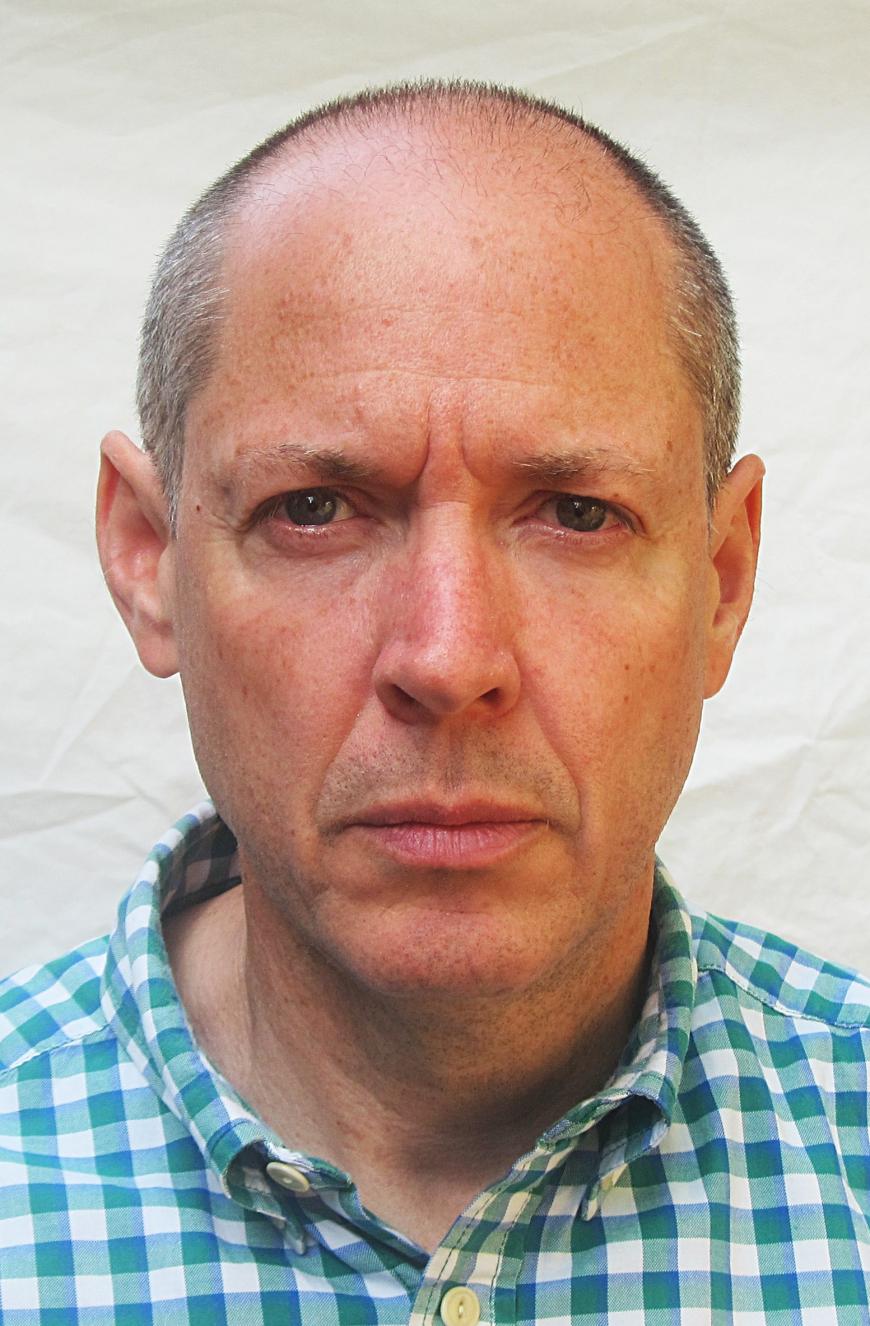
“We’ll have 10 live drummers playing marching cadences composed by me. There will be all sorts of ethnic bells and jingle bells. And four amplified ratchets! The ratchet is a fabulous instrument, often ignored. If you listen to it, it has a number of overtones that sound like birds chirping. In one of the movements, there’s an Armenian folk song called ‘Haperpan.’ It’s a woman’s name, and it’s a love song from the 1920s, when a lot of ethnicities in the U.S. produced player piano rolls of their own folk music that could be played by people in their own houses. But this roll was not cut perfectly, so the rhythms are slightly irregular, and I love that about it. I’ll have the drummers respond to it by playing with wire brushes on the snare drum heads. It’ll be very funny.”
Amirkhanian counts himself lucky to have a fellow fan of player pianos present to conduct Ratchet Attach It “because who knows who will ever play this piece again.” The Other Minds Festivals have often offered one-time-only delights to their return audiences. But the organization has a lot more going on. “It’s hard for me to keep track, but fortunately I have a very good staff, and we’re in excellent financial shape. We’ve done a lot of trust building with a small community of people,” assures Amirkhanian. “We’ve got an archive, a podcast, individual concerts, and a two-hour radio program every week.” Other Minds Records is preparing to release an album of ambient and instrumental experimentation by Bay Area composer Tom Bickley, and the label is currently distributing a DVD of Amirkhanian’s sound poetry collaborations with his visual artist wife Carol Law. (The pair presented some of this work live last month at the Ars Electronica Festival in Austria.)
“We’re trying our best to spread the word about new music,” says Amirkhanian. “I’m never optimistic; I think it’s a hard sell. But if anyone who doesn’t know about new music comes to our events, I think they have a better chance of liking it than if they were confronted by serial music or spectral music or some of the other fashionable forms. We pride ourselves on that. I don’t think we should take ourselves too seriously, but we do. It’s serious fun.”
Each of the festival’s three days will present three acts, with composer panel discussions at 7 p.m. preceding the concerts at 8 p.m. For tickets and more information, head to the Other Minds website.




